Jet Beads Sedeveria: How To Grow A Jet Beads Plant
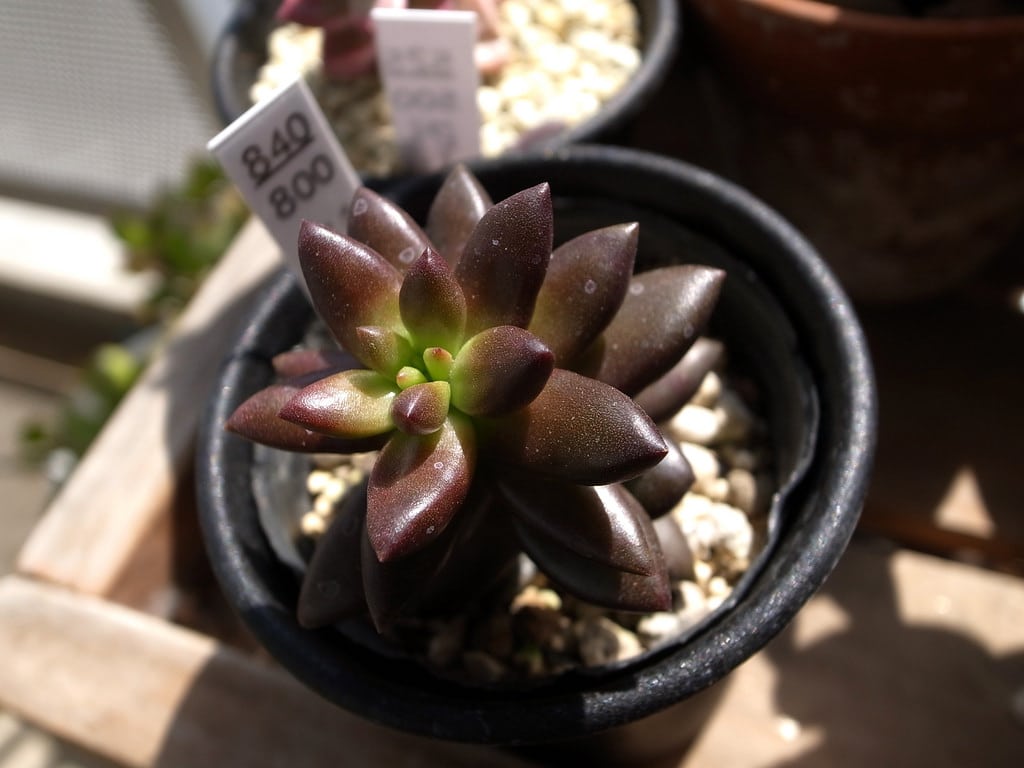

When it comes to succulent plants, the options are limitless. Whether in need of drought-tolerant groundcover plants or simply looking for an easy-to-care for container plant, succulents are more popular than ever. Coming in a range of colors and sizes, even the smallest plants can add visual interest and appeal to gardens and containers. With their ease of care, succulent plants are ideal gifts for budding gardeners and green-thumbs in training. One such plant, Jet Beads stonecrop, which produces stunning bronze leaves and yellow flowers, is perfect for even the most avid succulent plant collector.
Jet Beads Plant Info
Jet Beads sedeveria is a small, yet beautiful, succulent produced as a hybrid of sedum and echeveria plants. Its diminutive size, reaching only 4 inches (10 cm.) tall at maturity, is perfect for small containers and for summertime outdoor displays in pots. Leaves grow from a single stem, simulating the appearance of beads. When exposed to cooler temperatures, the plant darkens to an almost jet-black color, hence, its name. As with many succulent plants, especially in the echeveria family, this sedeveria requires periods of warm weather to thrive. Due to their intolerance for cold, gardeners without frost-free growing conditions should move plants indoors during winter; the Jet Beads plant cannot tolerate temperatures below 25 degrees F. (-4 C.).
Planting Jet Beads Sedeveria
Planting requirements for sedeveria succulents are minimal, as they are highly adaptable. Like many other sedum plants, this hybrid is able to withstand direct sunlight and periods of drought. When added to containers, make certain to use a well-draining potting mix specifically formulated for use with succulents. Not only will this reduce the risk of root rot, but it will also help promote active succulent growth. These mixes are often available for purchase at local plant nurseries or home improvement stores. Many growers choose to create their own succulent potting mix through a combination of potting soil, perlite, and sand. Like other echeveria and sedum plants, the Jet Beads succulent is easily propagated. This can be done through the removal of offsets produced by the parent plant, as well as by rooting leaves. Propagating succulent plants is not only fun, but a great way to plant new containers at little to no cost.
Gardening tips, videos, info and more delivered right to your inbox!
Sign up for the Gardening Know How newsletter today and receive a free copy of our e-book "How to Grow Delicious Tomatoes".

Tonya Barnett has been gardening for 13 years. Flowers are her passion. She has transformed her backyard into a cut flower garden, which she regularly chronicles on her YouTube channel http://www.youtube.com/@tonyawiththeflowers.
-
 Looking For Plants To Give You The Soft And Fuzzies? Try These 5 Fuzzy Leaf Plant Options
Looking For Plants To Give You The Soft And Fuzzies? Try These 5 Fuzzy Leaf Plant OptionsLovers of texture, drama, silver foliage and tactile plants will adore these special sensory garden additions. These fuzzy leaf plant options will leave you all aglow
By Susan Albert
-
 Get Ready For A Summer Of Hummers! Grow These Full Sun Hummingbird Plants and Flowers
Get Ready For A Summer Of Hummers! Grow These Full Sun Hummingbird Plants and FlowersIf you’re lucky enough to enjoy a sunny backyard, make sure you are maxing out on your pollinator opportunities and grow these full sun hummingbird plants and flowers
By Tonya Barnett
-
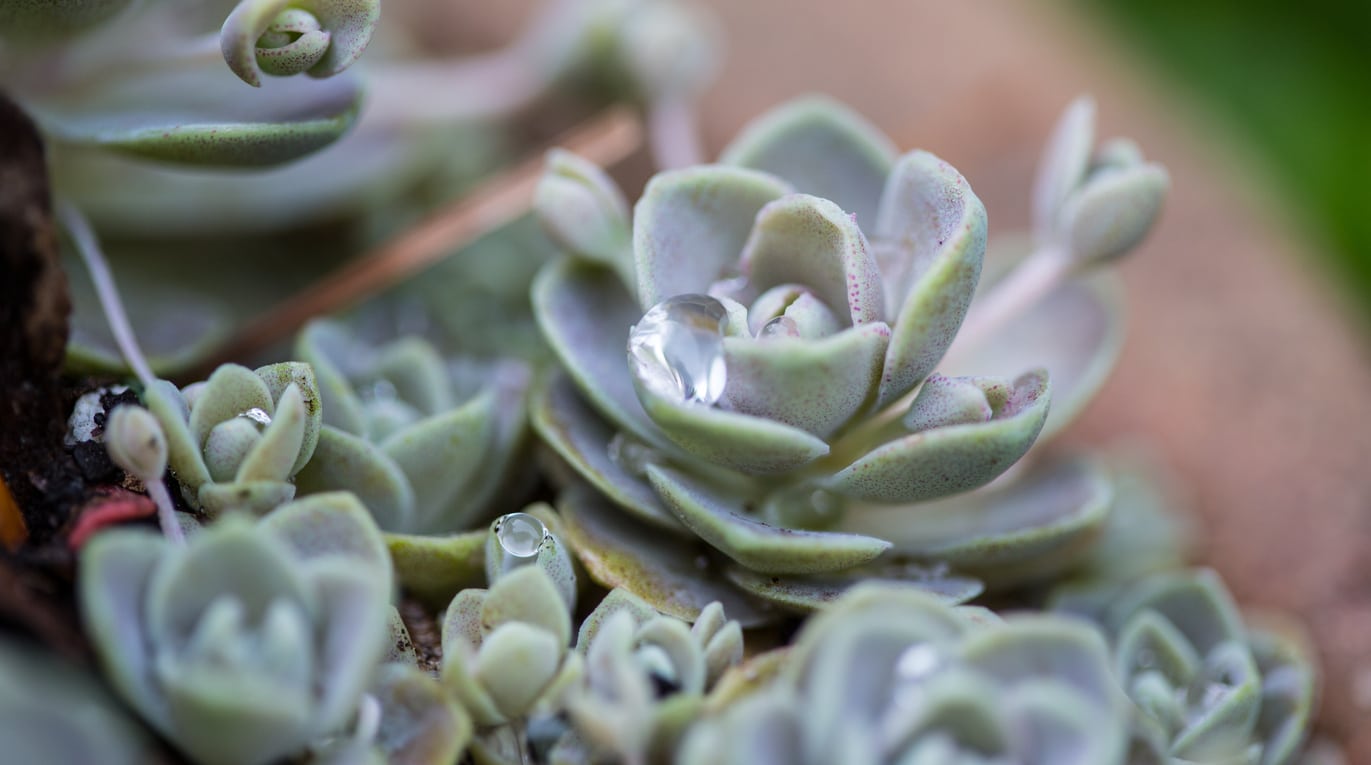 What Is Sedeveria: Information On Sedeveria Plant Care
What Is Sedeveria: Information On Sedeveria Plant CareWhether you are growing sedeveria or just considering growing these succulents, you’ll need some information about their needs and how to meet them. Click on the following article for tips on sedeveria plant care.
By Teo Spengler
-
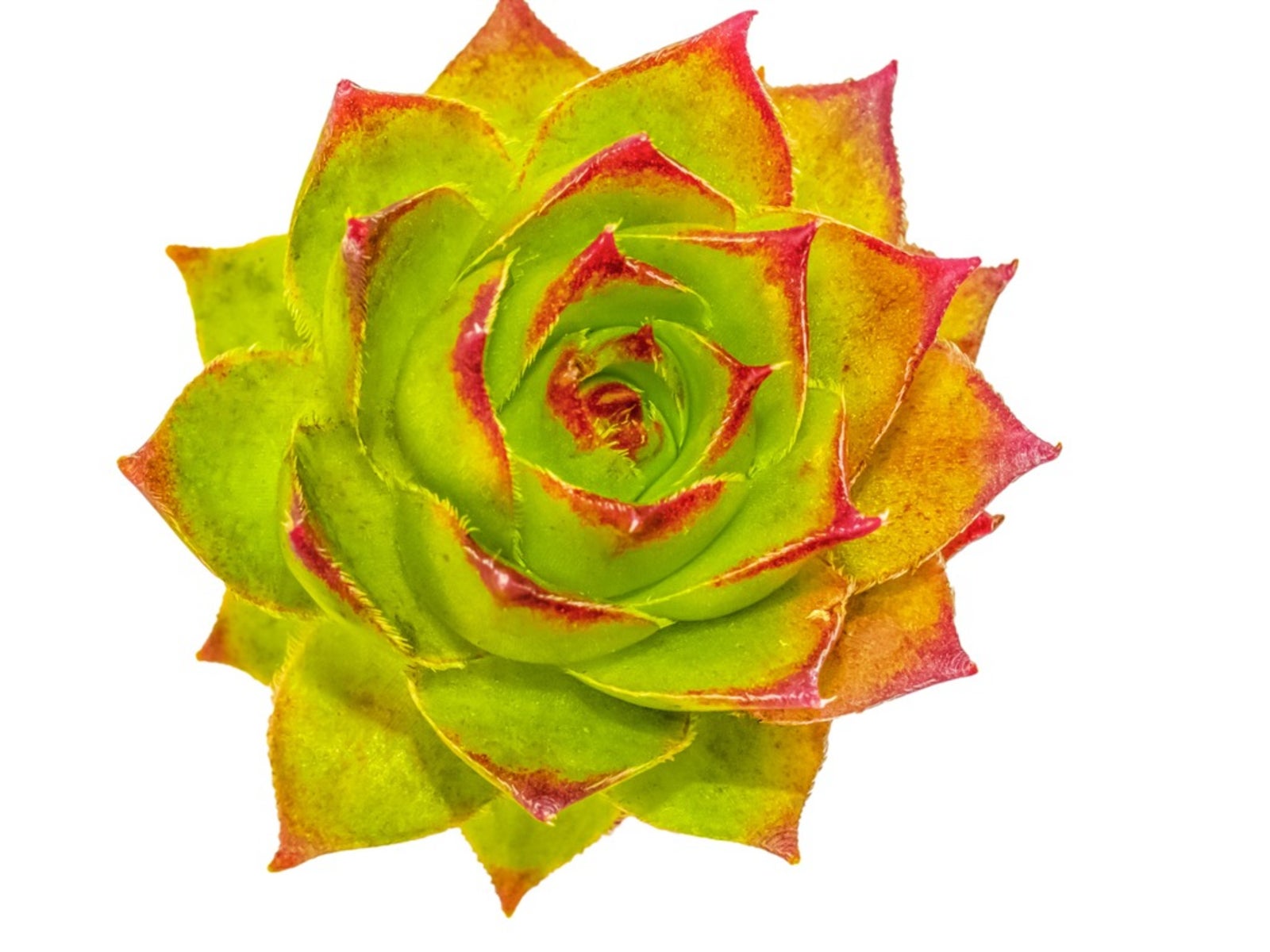 Letizia Plant Care: How To Grow A Letizia Sedeveria Plant
Letizia Plant Care: How To Grow A Letizia Sedeveria PlantIt’s easy to fall in love with a succulent, and Letizia succulents are particularly lovely with small, green rosettes in summer and deep red in winter. If Letizia succulents sound intriguing, click this article for more Letizia information, including tips on Letizia plant care.
By Teo Spengler
-
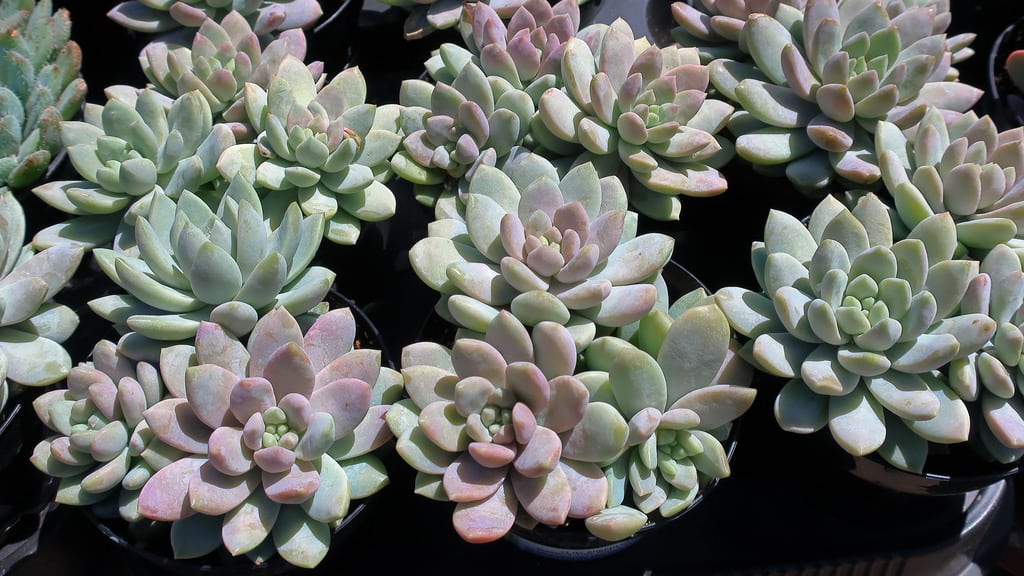 Sedeveria ‘Lilac Mist’ Info – Learn About Lilac Mist Plant Care
Sedeveria ‘Lilac Mist’ Info – Learn About Lilac Mist Plant CareSucculents are more popular than ever these days, and why not? They are easy to grow, come in a range of varieties, and look really cool. A newer hybrid cultivar called Sedeveria ‘Lilac Mist’ is a great choice. Learn more about the plant in this article.
By Mary Ellen Ellis
-
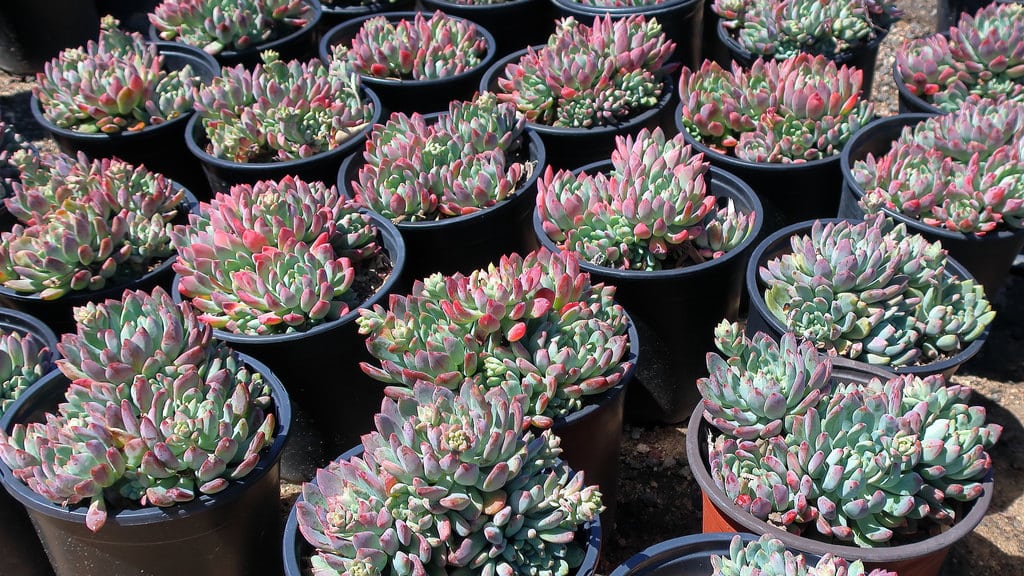 Blue Elf Sedeveria Care – How To Grow Blue Elf Sedeveria Plants
Blue Elf Sedeveria Care – How To Grow Blue Elf Sedeveria PlantsSedeveria ‘Blue Elf’ appears to be a favorite this season, for sale on a few different sites. It is easy to see why it is often marked “sold out” in many places. Learn more about this interesting looking hybrid succulent in this article.
By Becca Badgett